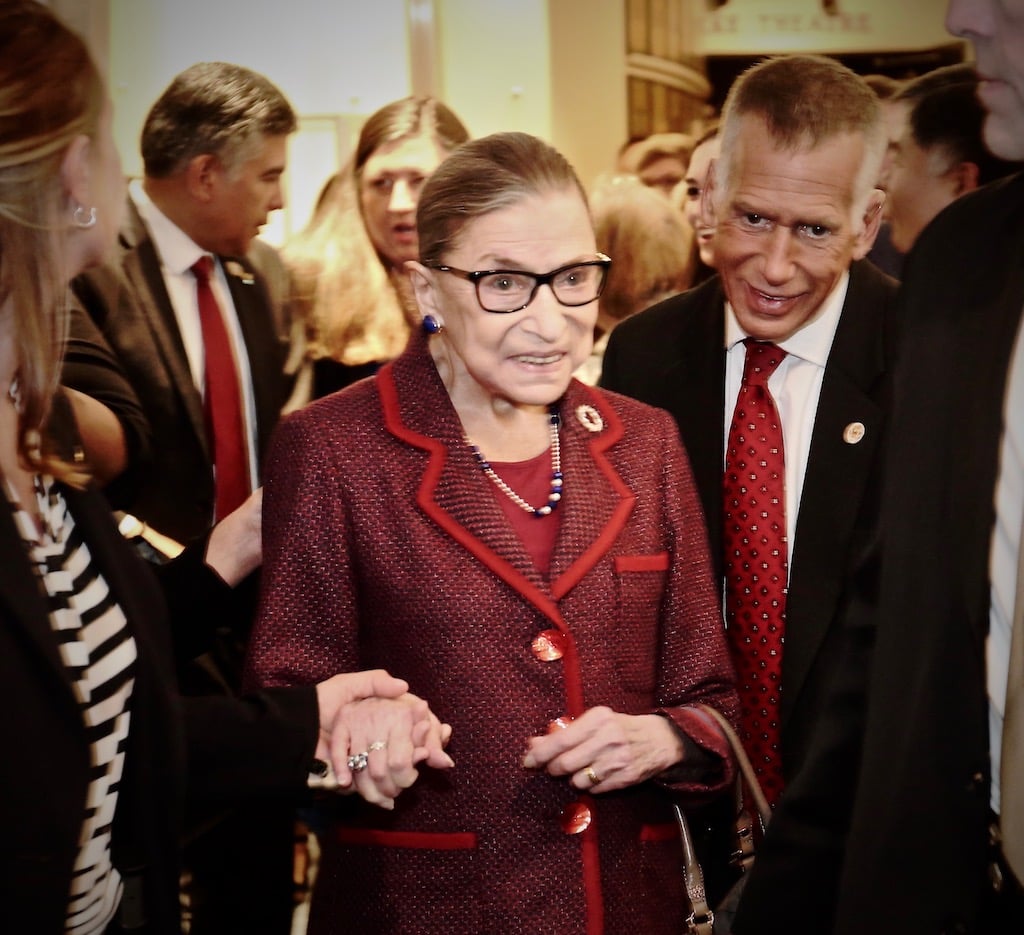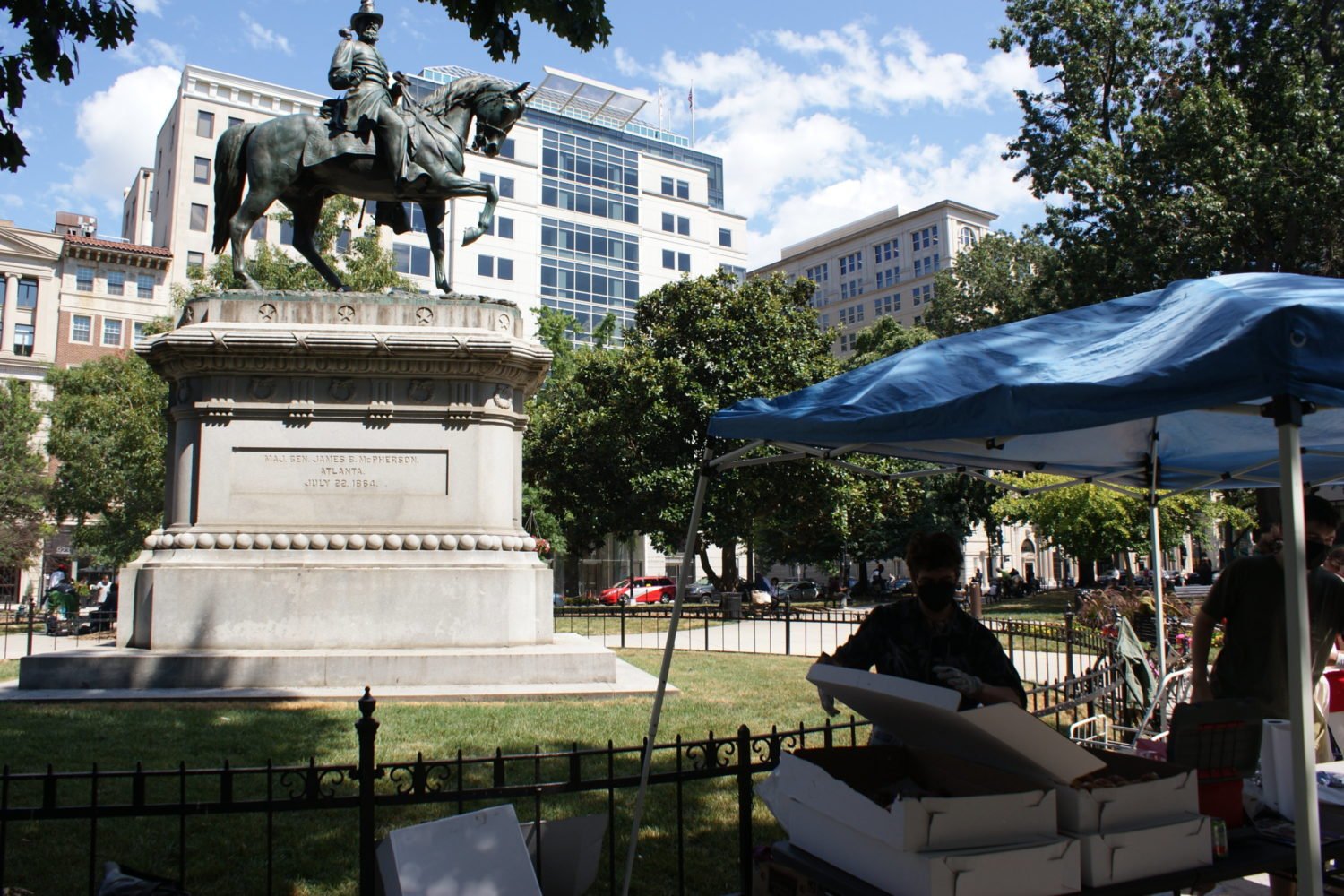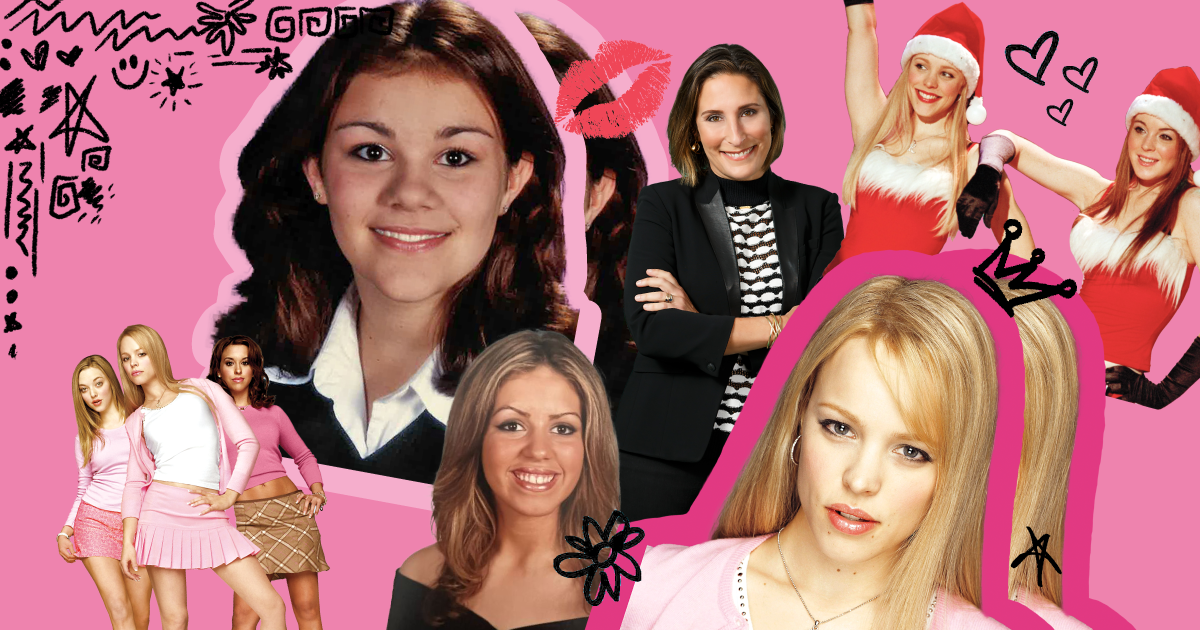“What do I use it for? Not the selfies,” US Supreme Court Associate Justice Ruth Bader Ginsburg tells a crowd of law students at Fordham University in the new documentary RBG. But there were selfies aplenty at RBG’s DC premiere, business-casual-clad attendees straining to capture the pop-culture icon in the frame of their smartphones. A group of women, one in black sequin pants, clustered together for one outside of the Naval Heritage Center; later, a tall woman assured the people seated a row below that she’d lean out of the way so they could get a shot with Ginsburg in the frame.
Ginsburg is this city’s closest equivalent to a rock star, so the crowd—film buffs, lawyers, journalists, and RBG enthusiasts alike—greeted her arrival to the Arleigh & Roberta Burke Theatre with the DC version of a stadium welcome: a standing ovation followed by an awkward silence as everyone strained to catch a glimpse of the diminutive legal legend as she made her way to her seat next to her daughter, Jane.
But RBG provided viewers with more than just a glimpse of Ginsburg. The Julie Cohen and Betsy West-directed documentary, which premiered at Sundance and opens on May 4, reveals the three-dimensional person behind the warrior-woman myth of the Notorious RBG. Yes, it cuts from footage of Washington landmarks to Ginsburg working out in a T-shirt emblazoned with the phrase “SUPER DIVA !”, but it also focuses on Ginsburg’s early career as the ACLU’s general counsel and her relationship with her family, especially her husband Marty, who died in 2010.
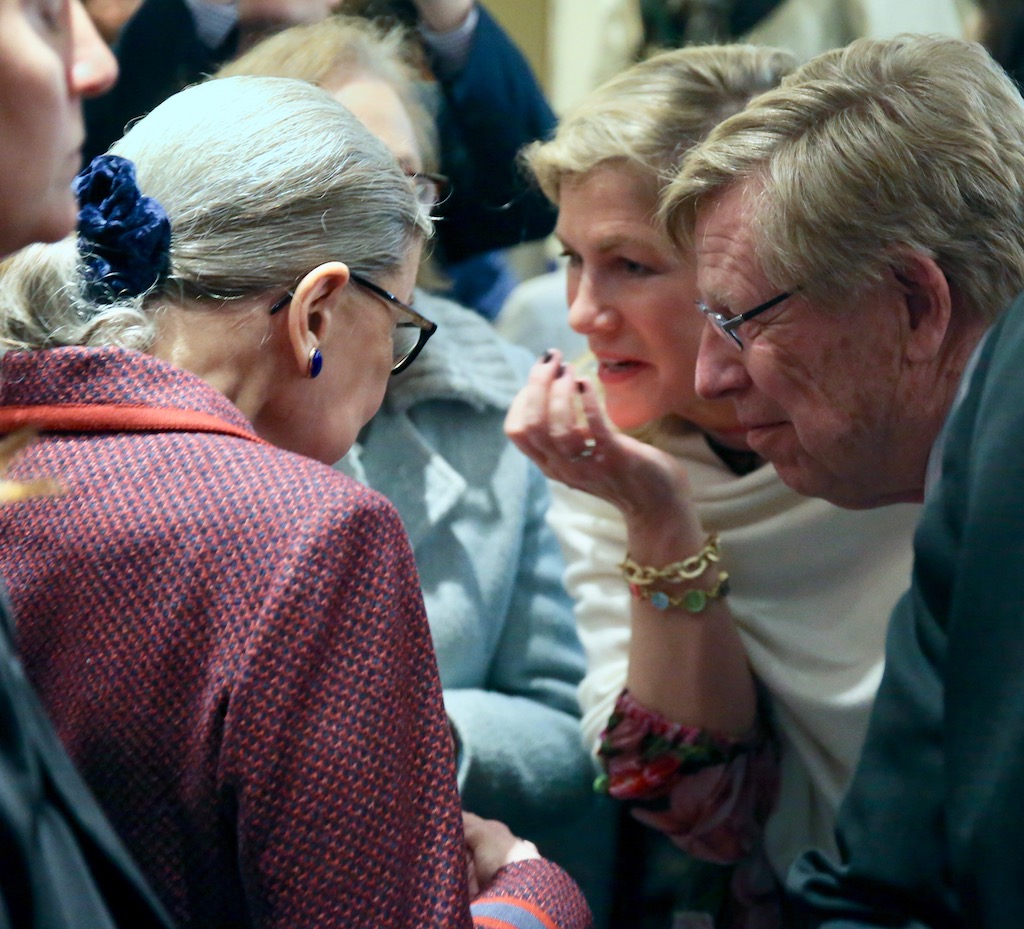
As Ginsburg showed off the collars she wears for dissents and majority opinions, read aloud lines from the landmark gender-discrimination cases she’d argued before the Supreme Court in her ACLU days, spoke to the overwhelmingly-male Senate Judiciary Committee during her confirmation hearing, or looked through photographs with her granddaughter, the audience smiled or laughed in turn; the movie takes a consciously inspirational and plucky tone. “Ugh,” someone said, when President Trump appeared onscreen criticizing Ginsburg. And the words of Marty Ginsburg’s final love letter to his wife made several audience members brush back tears. Ginsburg herself, hair pulled back by her usual scrunchie to reveal chunky deep blue stud earrings, maintained a judicial poker face throughout. I saw her laugh just once—when, without a second of hesitation, her daughter confirmed to an interviewer that yes, her mother’s cooking skills were abysmal.
After the film’s credits rolled, after the standing ovation, after the Q&A with the filmmakers moderated by CNN’s Dana Bash, the audience debriefed over bite-sized hors d’oeuvres (pineapple chicken skewers, crab cakes, beef wellington, quiches garnished with exactly two small pieces of asparagus) and an open bar. CNN White House reporter Kaitlan Collins chatted with a glass of white wine in hand. Justice Stephen Breyer, one of Ginsburg’s liberal colleagues on the court, greeted Bryant Johnson, the personal trainer he and Ginsburg share, as Johnson’s family looked on.
“Yeah,” Johnson said, dragging the word out into several syllables, when I asked whether Ginsburg, at 85, was his oldest client. He laughed and told me he didn’t ask about ages anymore. Still, he said, Ginsburg had done 32 pushups on the day they’d filmed her working out alongside Stephen Colbert.
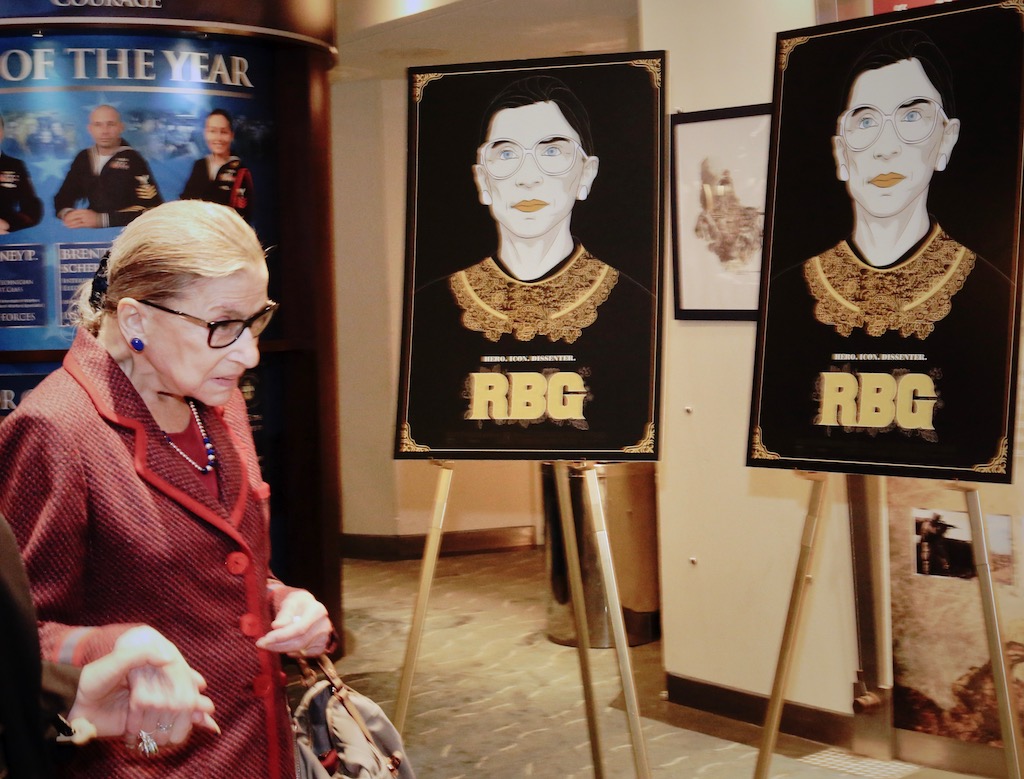
Kate, a “stay-at-home dog mom” visiting from Philadelphia, asked Johnson for his email. The movie, she told me, made her wonder why, in school, she hadn’t learned about Ginsburg or the court cases she’d fought. Other reception-goers echoed her question: they hadn’t known she was the daughter of an immigrant, that she had a granddaughter who called her “Bubbe,” that she tends, in her own words, “to be rather sober.”
But however multifaceted the documentary rendered Ginsburg, there was still a cardboard cutout of Ginsburg’s robe and collar set up against one wall, the words “HERO. ICON. DISSENTER. #RBGmovie” stamped on the robe’s hem. Charles Crocker, who came to the screening with Planned Parenthood and The Wing buttons pinned to his jacket, showed me his photo from the evening: his head peers up over Ginsburg’s lacy collar and he holds up a glass of red wine. As I chatted with Crocker and his colleagues at a local public relations firm, one of them mused, “I want that for my daughter so badly.” That meant equal rights and a role model like Ginsburg.
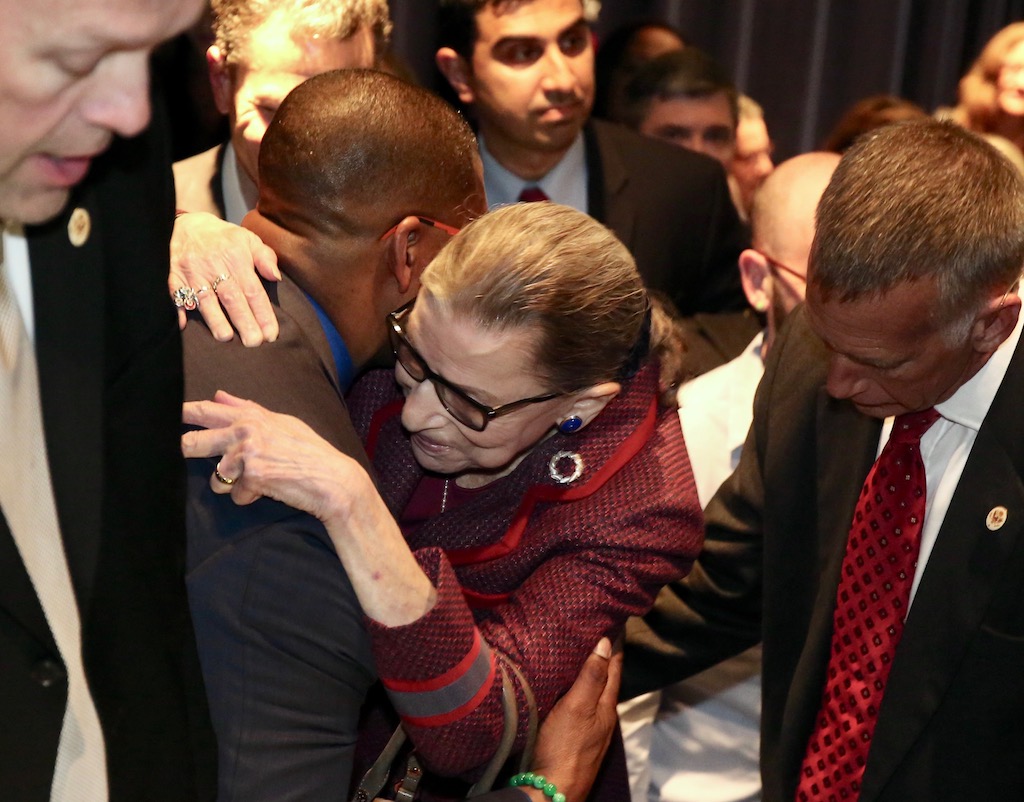
Debbie Olson-Danti told me she’d wanted that for her daughter too. She’d traveled from Chicago for this screening after buying tickets in a charity auction because Ginsburg had ranked among Olson-Danti’s personal heroes since the ’70s, when Olson-Danti had attended a women’s college in Illinois and demonstrated in support of the ERA. She’d raised her 30-year-old daughter, Danielle Danti-McGuire, a quick-talking legal assistant who works in DC, to be a feminist too. Or, as Danti-McGuire describes her mother’s adopted maxim, “Be the type of woman that when you wake up in the morning and your feet hit the ground, the devil goes, ‘Oh shit, she’s up.'” (“That’s right, my child,” her mother replied with a high five.)
At the end of the screening, after the standing ovation, Olson-Danti looked at Ginsburg, two rows behind her. “I just looked at her, and she looked at me, and I just said, ‘Thank you,’” Olson-Danti recounted. Ginsburg met her eyes and nodded. Now, Olson-Danti said, “I can die happy.”

